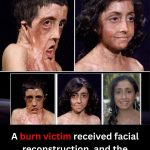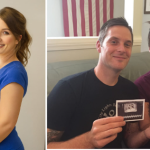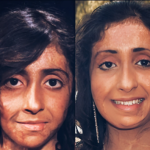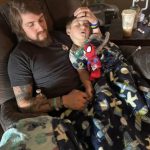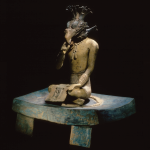The helicopter fell from the sky in a storm of fire and metal.
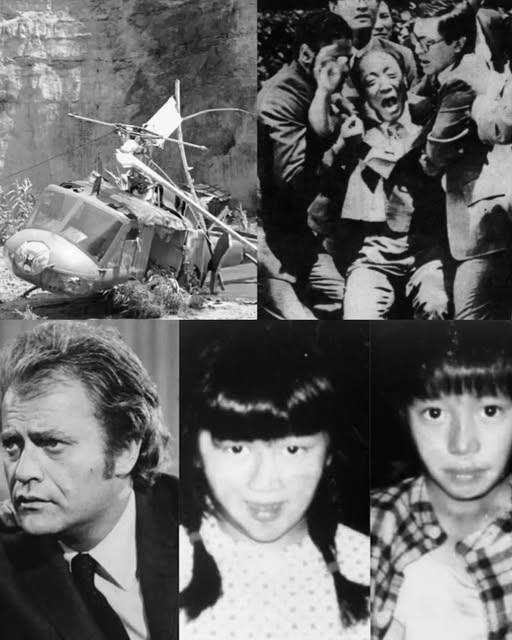
The helicopter fell from the sky in a storm of fire and metal. It was July 23, 1982, on the set of Twilight Zone: The Movie, when a carefully choreographed war scene turned into a scene of real death. Actor Vic Morrow stood in waist-deep water, clutching the hands of two children—Myca Dinh Le, 7, and Renee Shin-Yi Chen, 6—trying to carry them to safety as explosions lit up the night. Suddenly, the low-flying helicopter lost control, spinning as pyrotechnics raged beneath it. In seconds, it crashed onto them.  Silence followed, then the horrified screams of the crew.
Silence followed, then the horrified screams of the crew.
 Silence followed, then the horrified screams of the crew.
Silence followed, then the horrified screams of the crew.What was meant to be a scene of redemption—Morrow’s character rescuing children from the horrors of war—ended in unbearable tragedy. Witnesses recalled Morrow’s last moments, arms outstretched to shield the little ones. One crew member whispered later, “He died trying to protect them… he never let go.”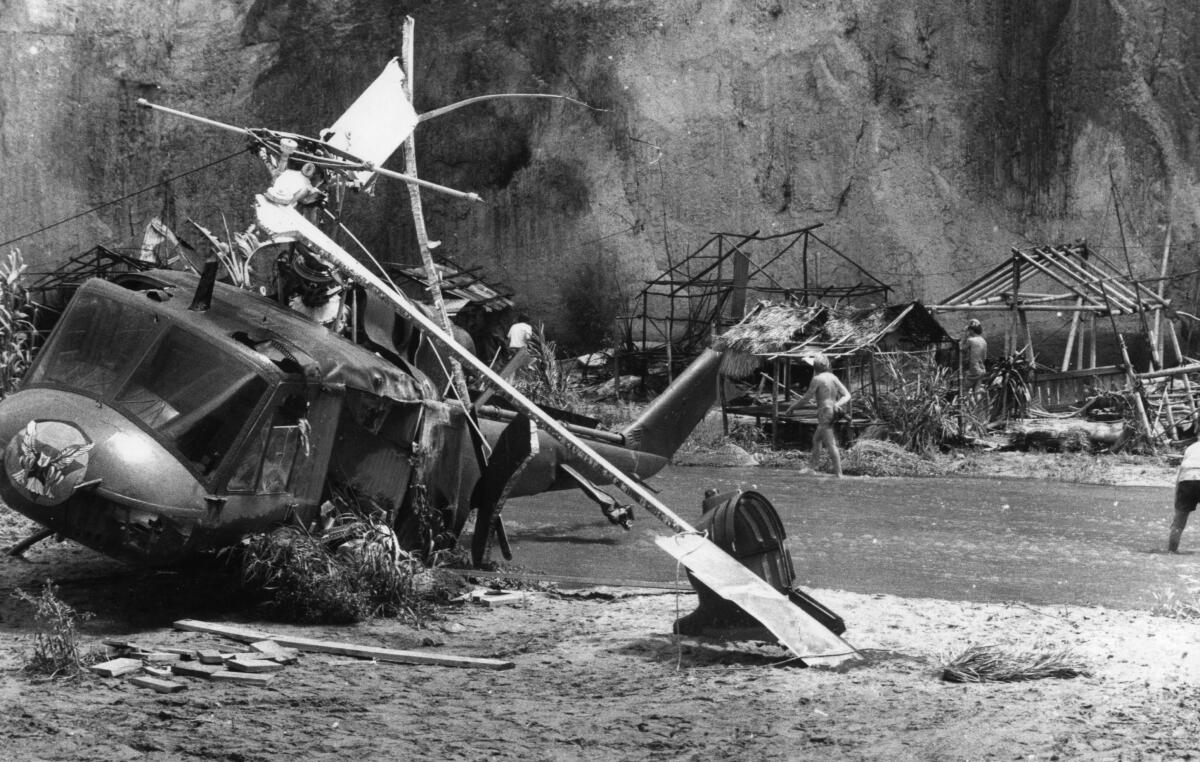

The grief was overwhelming. Myca and Renee had been hired illegally, working past midnight in direct violation of child labor laws. Their parents, who trusted Hollywood’s promises of safety, were shattered. 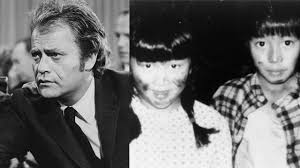 Vic Morrow’s family, too, was left stunned by the senseless loss. Days before filming, he had reportedly told a friend: “I’ve always wanted to work with kids… I just hope we get through this safely.” The cruel irony of those words cut deep after his death.
Vic Morrow’s family, too, was left stunned by the senseless loss. Days before filming, he had reportedly told a friend: “I’ve always wanted to work with kids… I just hope we get through this safely.” The cruel irony of those words cut deep after his death.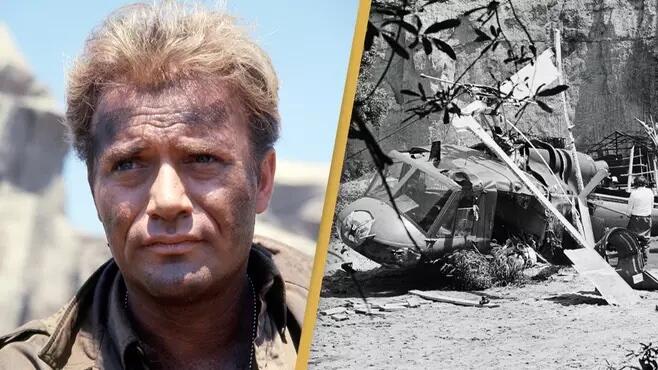
 Vic Morrow’s family, too, was left stunned by the senseless loss. Days before filming, he had reportedly told a friend: “I’ve always wanted to work with kids… I just hope we get through this safely.” The cruel irony of those words cut deep after his death.
Vic Morrow’s family, too, was left stunned by the senseless loss. Days before filming, he had reportedly told a friend: “I’ve always wanted to work with kids… I just hope we get through this safely.” The cruel irony of those words cut deep after his death.
The tragedy spiraled into a landmark trial, with director John Landis and others charged with involuntary manslaughter. Prosecutors argued it was reckless greed; the defense insisted it was a freak accident. In 1987, they were acquitted, but the verdict could not erase the horror. As one mourner at the funeral said, standing before three coffins: “This wasn’t a movie. 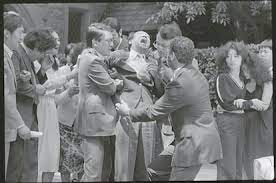 This was Hollywood gambling with life—and losing everything.”
This was Hollywood gambling with life—and losing everything.”
 This was Hollywood gambling with life—and losing everything.”
This was Hollywood gambling with life—and losing everything.”The Twilight Zone accident remains a scar on Hollywood, a chilling reminder that behind the magic of cinema, real lives hang in the balance.





